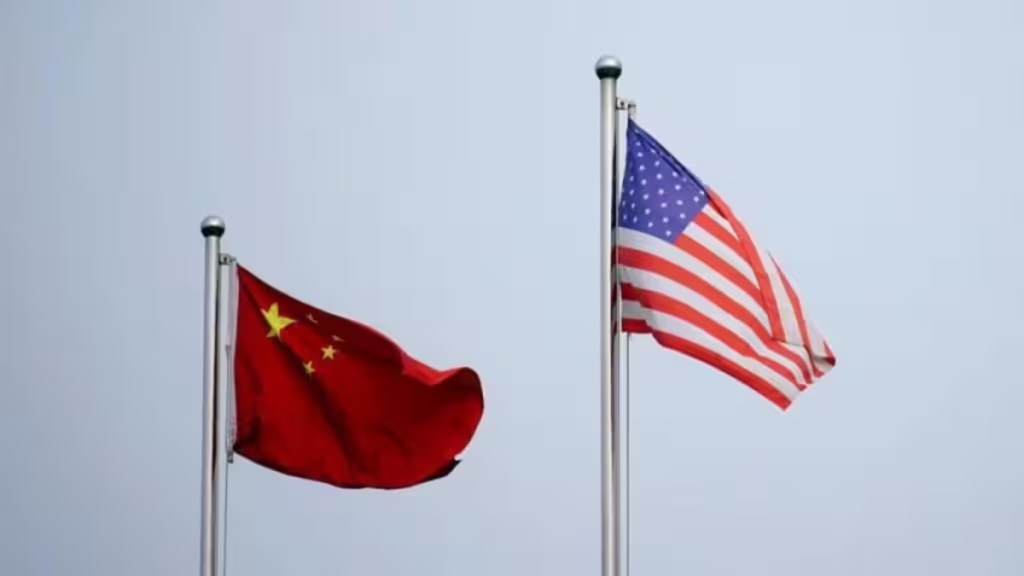An agreement between the US and China on a framework that will de-escalate trade tensions is great news as it could ease the way for many more bilateral trade agreements (BTA). US President Donald Trump himself has tweeted that a deal with China “is done”, subject to final approval from President Xi Jinping and himself. The US will get the rare earth metals it needs, while Chinese students can take up their places at American colleges. Last month, Washington and Beijing agreed a temporary truce over trade tariffs but each country has since accused the other of breaching the deal. A deal with India could be next in queue, even though negotiations in the latest trade talks in India have been tough over a few sticky issues—farm products, digital trade, and intellectual property. It was always expected the US would bargain hard. As such, even if an interim deal comes through before the July 9 deadline kicks in, India could consider it a win. This agreement would probably address the US’ demands for lower tariffs on some industrial goods, possibly some farm goods and cover non-tariff barriers such as quality control regulations. A final BTA may be signed only in the last quarter of 2025 and come into effect early next year.
That is not necessarily a bad thing, as long as the current high tariffs proposed are avoided, because any BTA must be both durable and workable. Indeed, China’s ability to hold its ground against the US appears to have inspired the Indian team to be more assertive; in the midst of the talks, New Delhi has formally taken on the US on the imposition of higher auto tariffs at the World Trade Organisation. Moreover, in response to the US’ doubling of tariffs on steel and aluminium, India has warned of retaliatory duties on some US goods.
This should not impact the talks; the US will persist in its efforts to try and narrow its $40 billion trade deficit with India by not just getting New Delhi to slash tariffs on a range of goods, but by also pushing for open access to areas like dairy. New Delhi, for its part, will resist yielding to the US’ demands for liberal tariffs on food grains like rice and wheat and dairy products. That is understandable, not merely because farmers are a large constituency, but also because if farmers shift away from growing essential food crops, it could, at some point, hurt the country’s supplies of grains. Dairy has always been a tricky issue in trade agreements and in the past, players like Amul have lobbied against imports from countries like New Zealand.
However, according to some think tanks, New Delhi should consider giving the US access to markets for some agri-products and the dairy sector. Washington has always been keen that India open up the dairy sector while New Delhi has been pushing back with demand for a balanced agreement that safeguards vital sectors. Indian negotiators now navigate political and economic complexities related to sectors vital to rural livelihoods and food security amid the hardened US stance. That, no doubt, puts India in a difficult situation and the negotiators are understood to be ready to lower import duties on automobiles, alcoholic beverages, chemicals, and some fruit and nuts. While it’s important to clinch a deal at the earliest, India must not give away too much.

